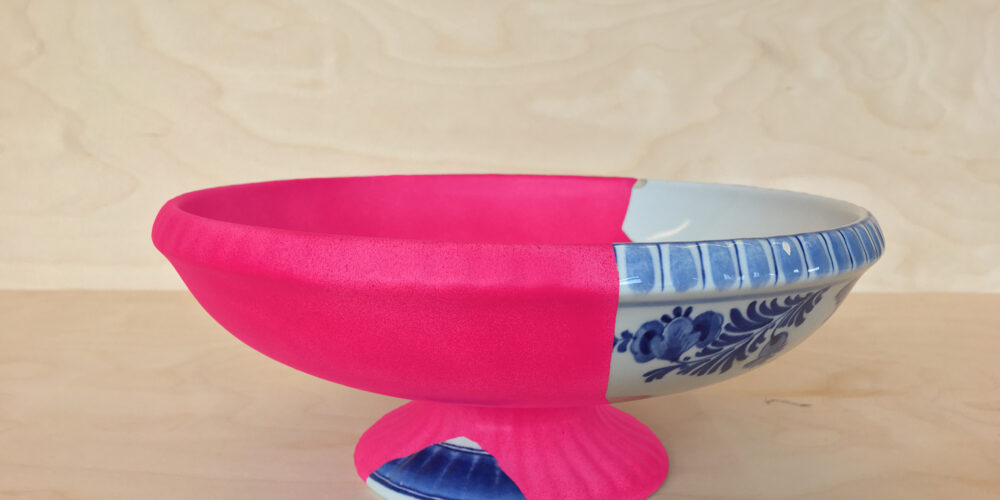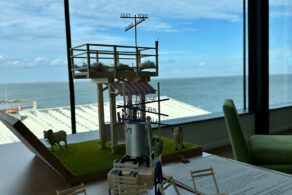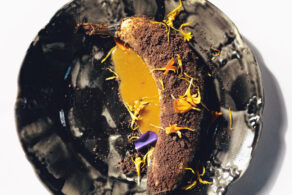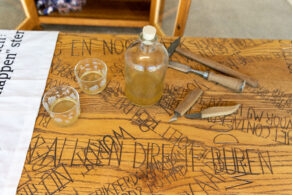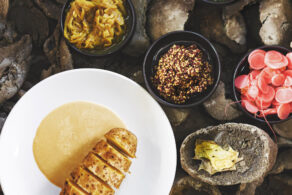Gepubliceerd op 03-07-2020
The diverse landscape and rich history of Zeeland contain many narratives. These have been collected in nine iconic storylines about the heritage of Zeeland.To materialize these storylines and make them accessible to both tourists as well as inhabitants of Zeeland, Foodcurators was commissioned by the province of Zeeland to do the project ‘Zeeland Souvenirs & Placemarkers’.
As a start, four meaningful places in Zeeland are visibly marked. A story is told in these places, and each location serves as the inspiration for a contemporary product (a souvenir if you will). See the results here, here, here and here.
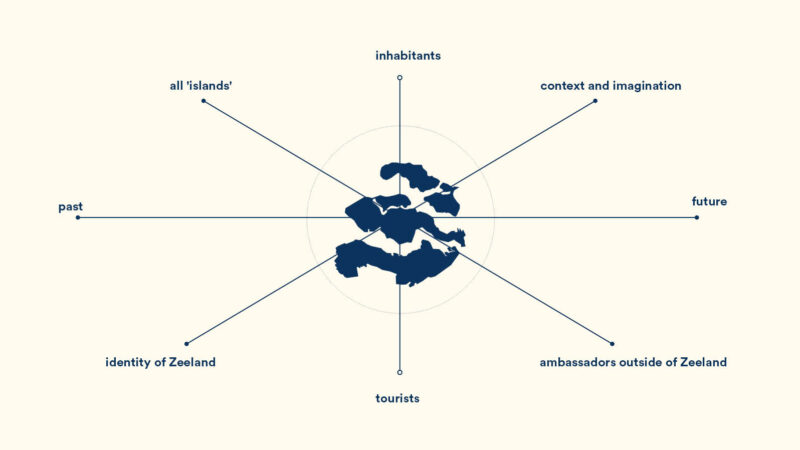
Design research base
Extensive design research was done on the history, cultural and culinary heritage, and the contemporary reality of Zeeland which includes mass-tourism. In academic studies on tourism and local economies a term is mentioned to indicate products and services catered to tourists that do not hold meaningful connections to the current community of inhabitants, or their local economy. This term is “falsely authentic”. One could translate this as: cheaply produced souvenirs (often sourced from low wage countries) that are sold in shops only catered to tourists and not to the local community. But what qualifies as authentic? In this project, “Falsely authentic” has become the creative space as well as the guideline to create concepts for Zeeland that involve food and heritage.
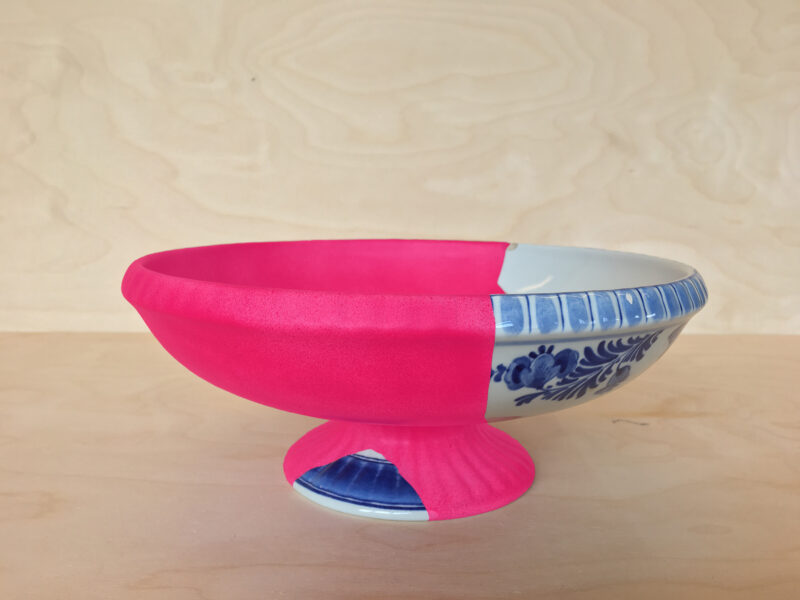
To understand fragments of cultural heritage, we need interpretations. These renderings need to be distinctly recognizable as new additions to the original.
In our design-research of Zeeland heritage it was meaningful to us to question authenticity. Authenticity of regional products, authenticity of souvenirs, authenticity of heritage itself: there is no one definition of authenticity. Yet many questions can be raised about authenticity in these respects.
In this project, “Falsely authentic” has become the creative space as well as the guideline to create concepts for Zeeland that involve food and heritage.
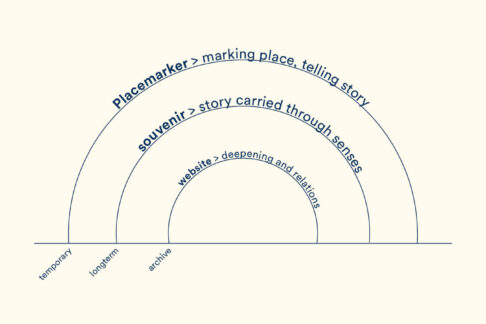
Structure of concept
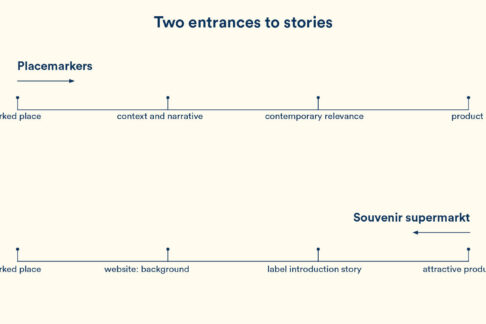
Operation of concept
Our research has included -among other things- the elaboration of these questions:
How authentic is the Zeeland heritage? Zeeland has been inundated on many occasions and bombed in WWII, resulting in devastating damage to many historical buildings. Yet these have been rebuilt, often historicized even. Also, what is presented today often is the glory of one period in the past, but not the whole picture which involves also less glorious history.
How authentic are regional food products? If something contains a pinch of black pepper, it cannot be regional. But is there more than ‘terroir’ that distinguishes regional products from mass-produced ones? Is the maker regional? The recipe? Or maybe the story?
How much freedom are we allowed when it comes to heritage? Are we allowed to interpret beyond what can be historically proven? Can we translate fragments of our heritage into contemporary designs, without stripping it of its meaning?
And can a souvenir be meaningful, even if you have never been to the place of its origin?

